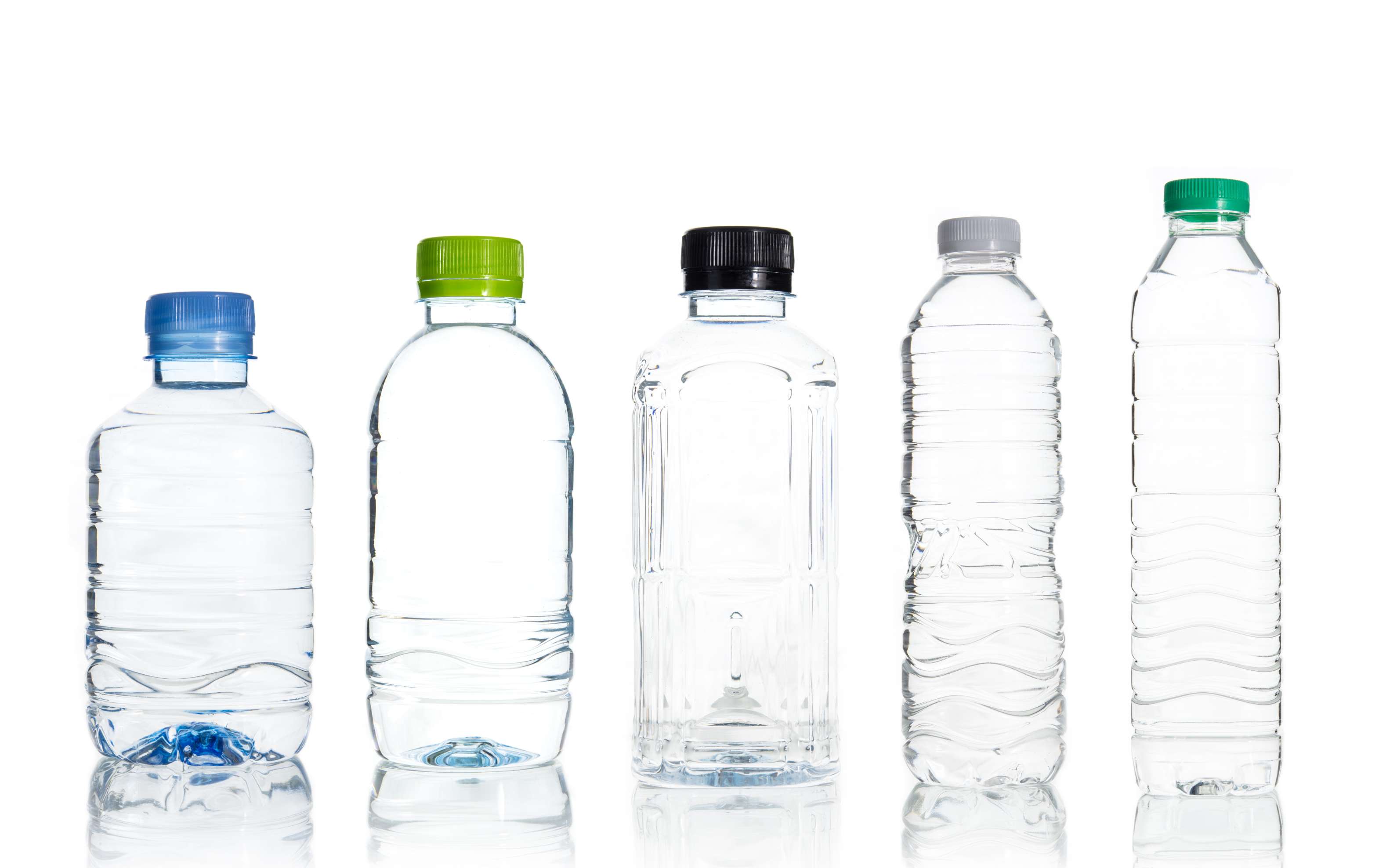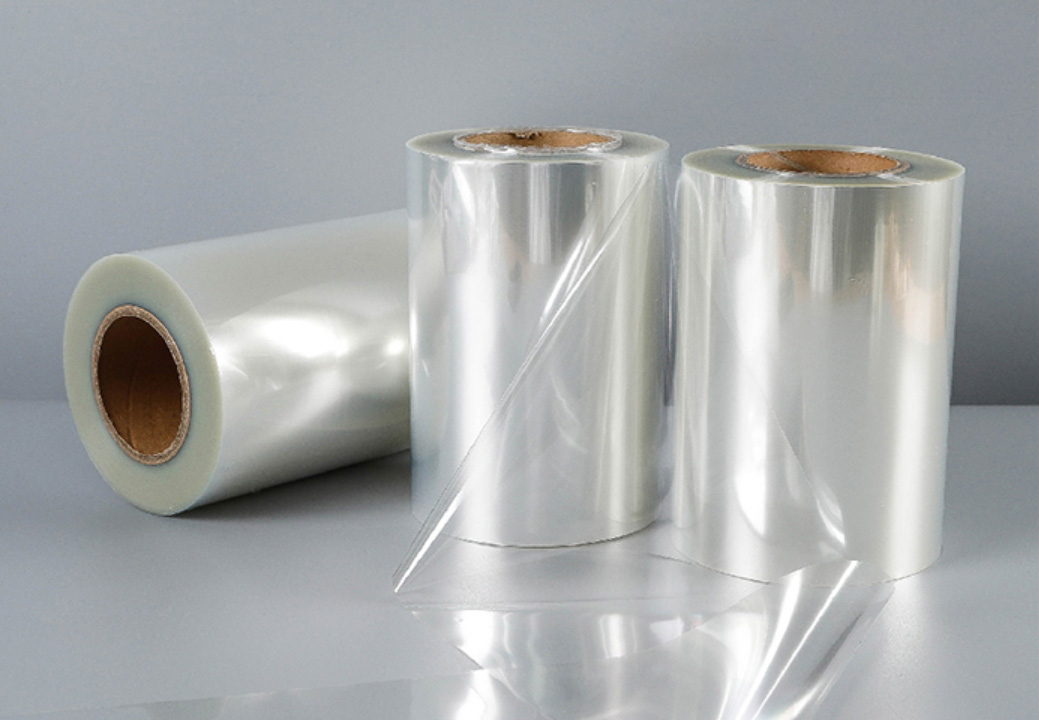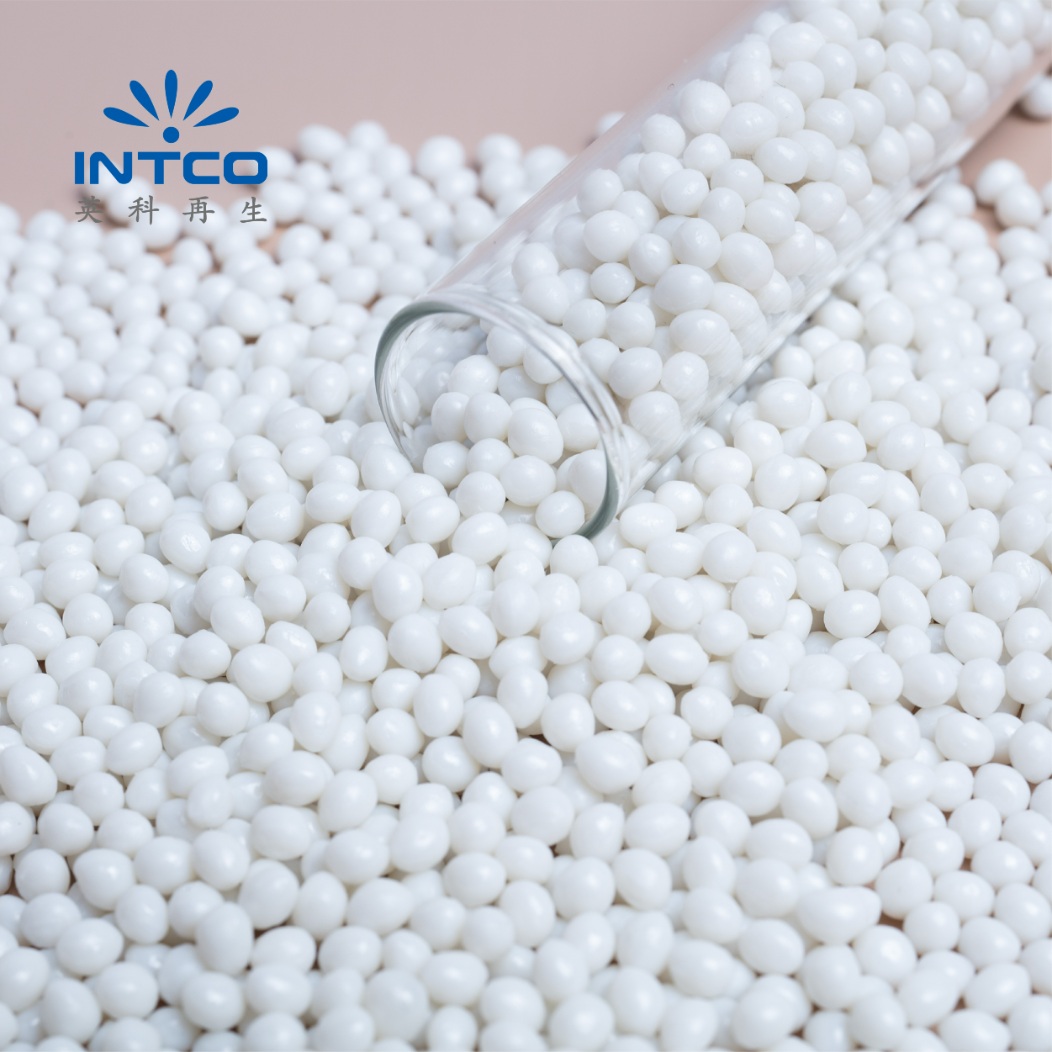An emerging trend is the use of food-grade recycled PET pellets, which are made from recycled PET materials that meet these strict standards. This innovation allows for the reuse of PET packaging, making it a more sustainable option without compromising food safety.
·Durability and Strength: Food-grade PET is known for its excellent mechanical properties. It is strong, resistant to impact, and can withstand physical stress without cracking or breaking. When recycled, such as in the case of recycled PET flakes, the material retains its strength and durability, making it ideal for packaging applications.
·Transparency: One of the most appealing features of food-grade PET is its transparency. It allows consumers to see the product inside the packaging, enhancing trust and appeal. This characteristic is maintained even in recycled PET sheets, which can be used for packaging that requires clarity, such as bottles or trays.
·Chemical Stability: Food-grade PET is chemically stable, which means it doesn’t interact with food, ensuring the preservation of the product’s taste and quality. The same applies to recycled PET forms, such as recycled PET pellets, ensuring they are safe for food applications.
·Recyclability: PET is one of the most widely recycled plastics, and food-grade PET is no exception. The availability of recycled PET flakes and recycled PET sheets offers a sustainable packaging option that reduces the reliance on virgin materials and helps in the circular economy, where PET materials are continuously reused in packaging.
Applications in the Food Industry
Food-grade PET is widely used in various packaging applications due to its versatility:
Bottles and Containers: PET is commonly used for beverage bottles, including water, juices, and other drinks. The rise of food-grade recycled PET pellets has allowed manufacturers to incorporate recycled materials into these bottles, maintaining product quality while reducing environmental impact.

Trays and Clamshells: Fresh produce, deli items, and ready-to-eat meals are often packaged in PET trays and clamshell containers. Using recycled PET flakes for these products ensures that they meet the same high standards of safety while contributing to sustainability.

Flexible Packaging: Food products like snacks, frozen meals, and condiments are increasingly packaged in flexible PET materials, such as pouches and wraps. The use of recycled PET sheets in these applications provides a lightweight, cost-effective solution while maintaining product integrity.

Advantages of Food-Grade PET
Food Safety: One of the key advantages of food-grade PET is its ability to protect food from contaminants, extending shelf life and maintaining freshness. Whether using virgin or recycled PET pellets, the material ensures that food remains safe for consumption.
Environmental Sustainability: Recycled PET materials, including recycled PET flakes and recycled PET sheets, are highly valued for their environmental benefits. By reusing PET materials, manufacturers reduce waste and energy consumption, making it an environmentally responsible choice.
Cost-Effectiveness: Food-grade PET, especially when recycled, is an economical option for manufacturers. Recycled PET pellets are a cost-effective solution for large-scale production, offering similar properties to virgin PET at a lower price point.
Compliance with Food Safety Standards
Food-grade PET, including its recycled forms, must meet stringent food safety standards. These include certifications from the EFSA and FDA, which ensure that the material does not release harmful chemicals into food. Whether using recycled PET flakes for bottle production or recycled PET sheets for packaging, manufacturers can be confident that these materials comply with international food safety regulations.
Conclusion
Food-grade PET is an essential material in the food industry, offering a combination of durability, safety, and recyclability. The growing use of food-grade recycled PET pellets, recycled PET flakes, and recycled PET sheets is helping to create more sustainable packaging solutions without compromising food safety. As the demand for eco-friendly packaging continues to rise, food-grade PET, particularly in its recycled forms, will play a crucial role in shaping the future of food packaging. By choosing recycled PET options, the food industry can contribute to a more sustainable and circular economy, all while maintaining the high standards necessary for food safety and quality.



